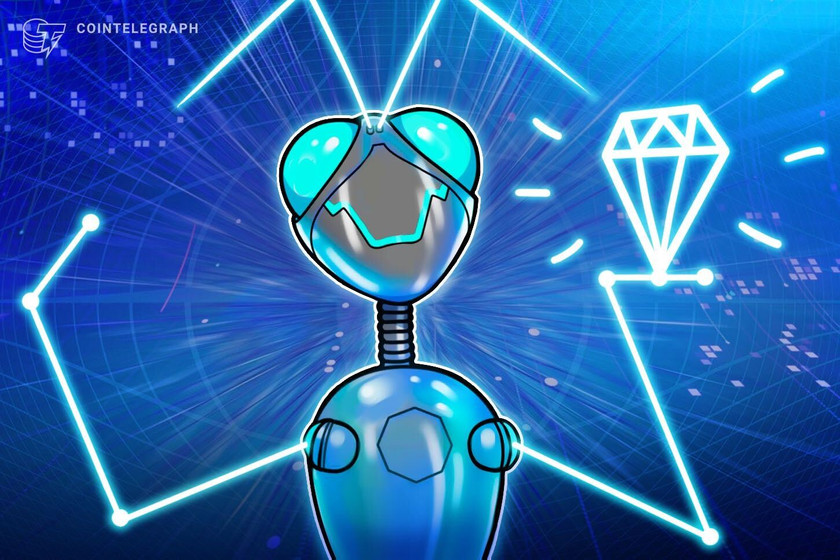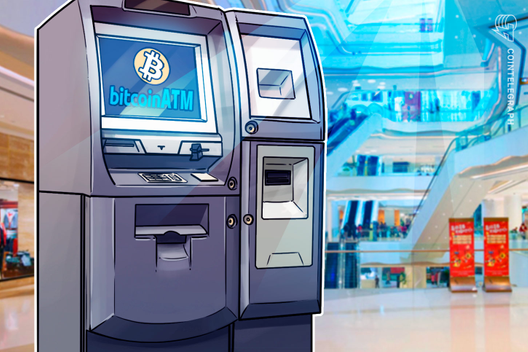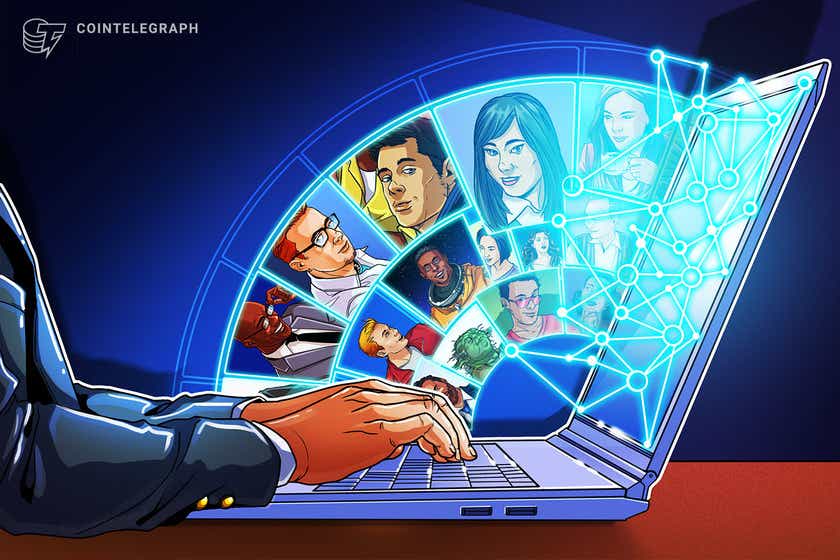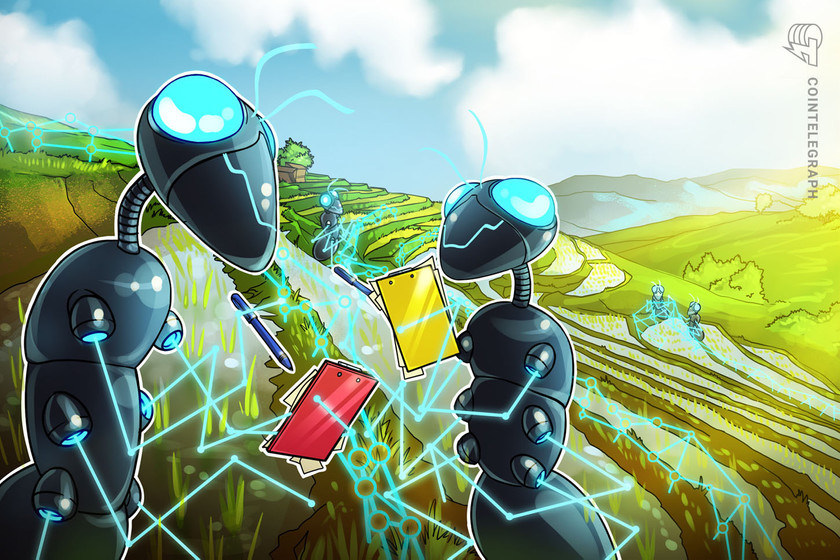Blockchain Changes Gaming Economics, Forte Exec Explains
Forte Labs’ vice president of token economics explained blockchain underpinning can affect in-game asset supply and demand economics.
775 Total views
17 Total shares

During a gaming-focused Unitize digital conference panel, Mike Termezy, vice president of token economics at blockchain technology services company Forte Labs, explained blockchain can alter gaming market ecosystems.
Blockchain can lay out more clearly-defined scarcity parameters in gaming
During the panel, Termezy, along with gaming expert and principal at Gossamer Consulting Group, Eric Kress, discussed a number of points on the current gaming scene. Topics included comments on various gaming communities, the digital in-game products companies sell, and other aspects.
After noting a number of points on blockchain application in gaming, Termezy dialed into the economics surrounding games, and the value blockchain brings.
Termezy said:
“When you allow for ownership, and you have a marketplace, then the market dynamics will start governing what people regard as being rare, and what people regard as being extremely valuable, versus what people regard as being relatively common.”
Ownership means authenticated in-game assets, transferrable off the game
In mentioning ownership, Termezy means a digital product or in-game aspect underpinned by blockchain, making that aspect of the game — essentially an asset — tradable while showing its legitimacy and value via blockchain data.
Termezy referred to this as a token economy, with assets even available for transfer out of their specific in-game world for trade, etc. An asset of this world, for example, could be a soccer player from a FIFA game pegged onto the blockchain.
Referencing in-game asset scarcity and market activity, Termezy added:
“A developer can clearly influence this by the number of assets of each type that’s minted, but ultimately it allows for the players to express themselves — what they find to be valuable.”
Blockchain in general has seen significant traction in gaming application, evident via a number of headlines, including gaming giant Atari and its recent activity in the industry.









